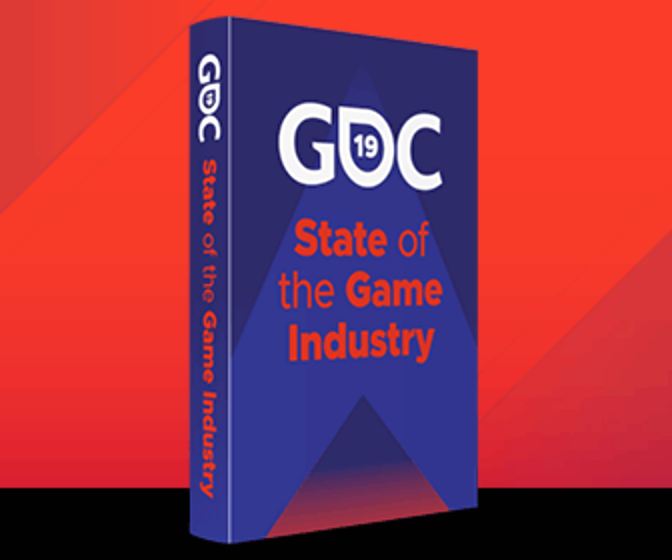
Epic and Discord have helped crystalize growing discontent with the market-leading Steam storefront among developers. But according to the newly released State of the Game Industry 2019 report, Valve is still a key revenue source for many game-makers.
Among the approximately 4,000 game developers surveyed as part of the annual pre-GDC survey, 47 percent said they sell their games on Steam. Of that group, 55 percent (around 1,000 of the respondents) suggested that Valve’s storefront was the primary revenue driver, accounting for 75 percent of earned revenue or more.
By contrast, only 6 percent of respondents sell on the Discord store, 14 percent on GOG, 17 percent on Humble (which often sells codes redeemable on Steam), 18 percent on publisher-owned channels (Battle.net, EA Origin, etc.), and 18 percent on Itch.io. According to the report, Itch.io also carries unexpected weight with some developers, as 29 percent of those that sell on the platform say it represents 75 percent or more of their earnings.
When it comes to developer satisfaction, Valve is losing touch with its developers. Only 6 percent believe the storefront earns its revenue share (30 percent). 17 percent of respondents suggested that Valve “maybe” earns its keep. 32 percent of respondents definitively said that Steam isn’t worth its take off the top and 27 percent were negative-leaning with a response of “probably not.”
The juxtaposition paints a picture of an industry held captive due to legacy market share. That’s a hard hold for Epic Games Store and Discord to break, even with favorable revenue splits of 88/12 and 90/10 respectively. As we discussed on an episode of the GameDaily Bizcast, change is going to come slowly.
The State of the Industry Report also touches on the issue of unionization. 73 percent of respondents either said “yes” (47 percent) or “maybe” (26 percent) when asked if they believe the industry should unionize. This shows a high willingness to explore the issue, even amongst those who aren’t sure if it’s the right path.
There is a significant amount of pessimism about whether that will actually happen, though. As only 21 percent of respondents believe unionization will actually happen, and 39 percent responding, “maybe.” One respondent points to disposability as a key barrier to achieving a unionized game industry.
“Companies will just do what Walmart does when they vote in a union: they close the Walmart/game studio and open a new one a mile down the road across the city limits,” one individual stated. Another echoed the sentiment suggesting that there are too many eager developers in the supply pool, giving management the power to look elsewhere.
Unionization is often heralded as a way to combat crunch culture at larger studios, especially those owned or funded by publishers. According to the survey, 44 percent of respondents report working more than 40 hours per week on games, with nearly have of those putting in 41 to 45 hours. A small group reported average weeks of more than 50 hours, with 5 percent reporting 51 to 55 hours per week and 3 percent suggesting averages of more than 60 hours.
However, the report also points to a lack of self-care driving some crunch behavior. Respondents were encouraged to explain why they were putting in more than 40 hours per week. Two popular responses were self-pressure (69 percent) and a belief that those hours are not excessive (50 percent). A third of each of those groups work in studios of more than 30 people.
Management pressure wasn’t absent from the list, though. Of those that work more than 40 hours, 26 percent indicated that they felt compelled to put in the extra time. Of that group, 39 percent work at large studios (more than 30 employees). Unionization was a key topic at GDC 2018, and it will likely be a source of intense conversation this year.
The report also includes demographic data, accessibility, a look at VR and AR development, and the dwindling use of loot boxes after 2017 and 2018 put that form of monetization in the hot seat. And as we look ahead to next generation, it’s clear that developers are already working with a new hardware cycle in mind. Of the 4,000 developers answering the survey, 16 percent are working on games to run on this generation and next, with another 2 percent focusing exclusively on what’s coming from Microsoft and Sony in the coming years.
The full report is available for free.
 GameDaily.biz © 2025 | All Rights Reserved.
GameDaily.biz © 2025 | All Rights Reserved.